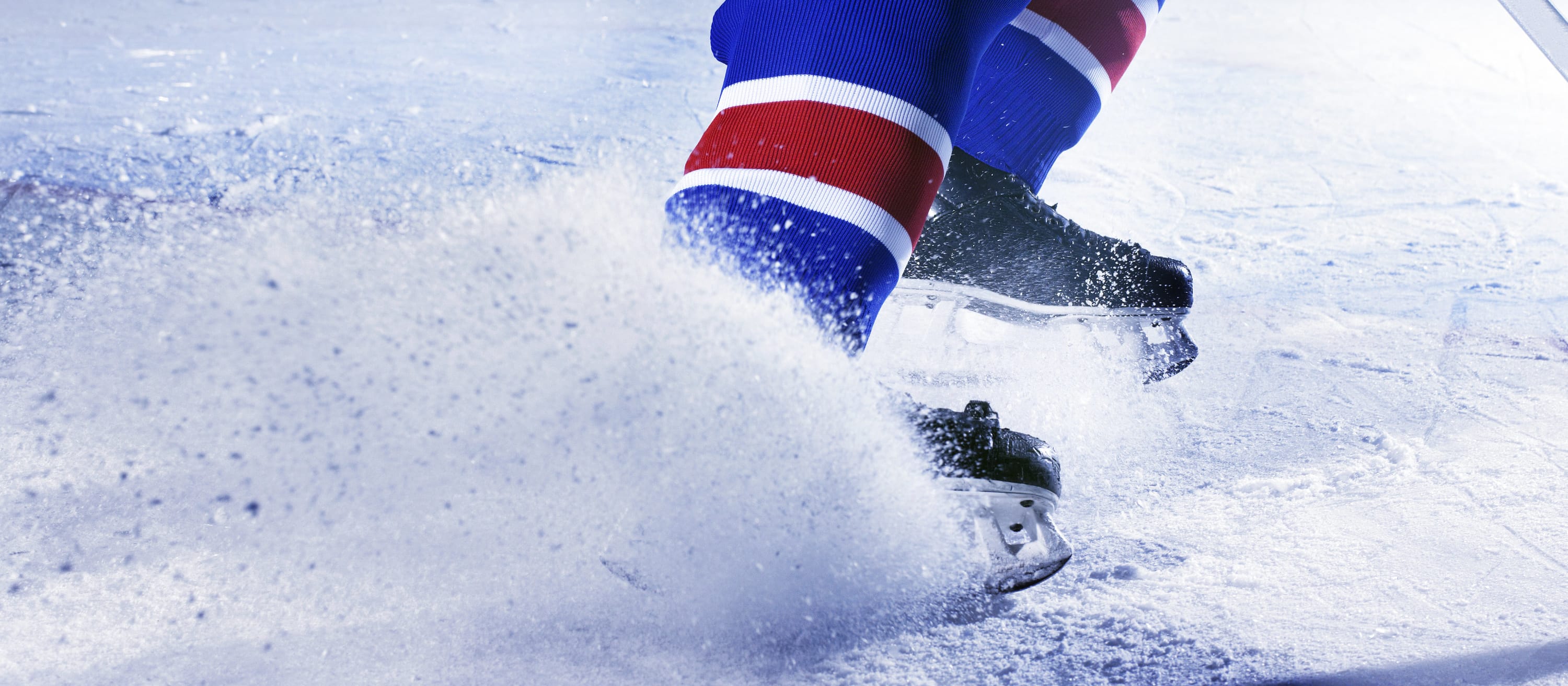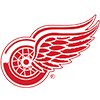Colorado's Milan Hejduk collided with a teammate in Game 3 and has not played since the collision. It seemed he had a mild head injury, but by his statement, his shoulder was the real problem. With the season over, Hejduk can rest and recover from his head injury and start rehabbing his shoulder. The details of the injury are not clear, but as long as he does not need surgery, he should be fine come next season. As with any head injury, the doctors will make sure that he is healthy enough to start working out. Once cleared, the rehab on his shoulder can start. So far there has been no indication that Hejduk will need anything more than some physical therapy and some R&R. Another Colorado player who had been cleared to play but was not able to make it back in time was Peter Mueller. He had a concussion; and even though he was given clearance to play, he was not ready. Apparently Mueller was not in game shape, which shows you that even being off the ice for a short time can impact a player's fitness level.
An update on Minnesota's Mikko Koivu – it appears that he will need two surgeries this offseason. First, Koivu will undergo
Colorado's Milan Hejduk collided with a teammate in Game 3 and has not played since the collision. It seemed he had a mild head injury, but by his statement, his shoulder was the real problem. With the season over, Hejduk can rest and recover from his head injury and start rehabbing his shoulder. The details of the injury are not clear, but as long as he does not need surgery, he should be fine come next season. As with any head injury, the doctors will make sure that he is healthy enough to start working out. Once cleared, the rehab on his shoulder can start. So far there has been no indication that Hejduk will need anything more than some physical therapy and some R&R. Another Colorado player who had been cleared to play but was not able to make it back in time was Peter Mueller. He had a concussion; and even though he was given clearance to play, he was not ready. Apparently Mueller was not in game shape, which shows you that even being off the ice for a short time can impact a player's fitness level.
An update on Minnesota's Mikko Koivu – it appears that he will need two surgeries this offseason. First, Koivu will undergo arthroscopic surgery on his right knee. This sounds like it is most likely cartilage damage that needs to be repaired. Post-operatively, they will need to control the swelling. If they can control the swelling, recovery can be very quick; but I have also seen instances where the swelling lingers and the patient's recovery seems to be delayed. As seen recently in the NBA playoffs (Brandon Roy), quick return after meniscal surgery is attainable, but this is not common. Anyways, Koivu does not need to worry about making it back fast. He just needs to make sure he comes back at 100 percent. He also needs surgery to repair his right shoulder, which has a labral tear from what I can determine. This can be a little trickier because the shoulder is more inherently unstable. You need to control the pain and swelling but the stability of the shoulder also needs to be improved. Shoulder rehab is not limited to the shoulder but must include the shoulder blade region as well. Poor shoulder blade mobility and stability could lead to another injury in the future because the shoulder blade must work in conjunction with the arm to produce a smooth and coordinated action. Koivu is slated to be out for 14-16 weeks but should be ready for next season.
The other joint that develops labral issues is the hip joint. Brad Richards of the Dallas Stars just had his hip labrum repaired. Unlike the shoulder, the hip is a more-stable joint and has the added benefit of the body's weight to assist stabilizing it. Mechanically, the hip's main concern is that the muscle function is balanced and proper movement patterns are re-trained. The hip has many strong muscles that can help it compensate for certain faults, but this may lead to other problems in the long run. So, in the beginning, adequate strengthening to develop good hip stability while maintaining proper hip position is important. Poor alignment can also lead to hip issues in the future, such as a re-injury to the labrum. Thoughtful attention to his rehabilitation will help Richards return recovered and ready for next season.
A couple of Buffalo players are still out of action: Thomas Vanek and Jochen Hecht. Vanek sustained a lower leg injury, which later was diagnosed as an ankle sprain, in Game 2. He has only been skating and not practicing, so the chances of him returning this series are not good. From the reports I can find, Vanek has not participated in any drills and has only been skating along the perimeter. He must be experiencing some pain and may have some swelling that is not is going away. Ankle sprains are tricky because a minor ankle sprain can lead to torn ligaments if they are allowed to return too quickly. He is participating in multiple strength and balance trainings in hopes that his ankle will be stable enough to resume practicing. If the Sabres get past the Bruins, Vanek should be available for part of the next series barring any setbacks. If this is the case, they may need to re-examine his ankle to see if it is only an ankle sprain or something worse. Jochen Hecht is much further away from returning; but with some luck, there may be chance he can come back this postseason depending on whether the Sabres advance or not. Hecht recently had his cast removed from his hand after having two surgeries for his pinkie, but he has been cleared to start fitness training yet. We shall see how quickly his finger regains its motion and how quickly his grip strength and dexterity return. If this goes well, he'll need to make sure he gets back into hockey fitness and game shape before returning to the Sabres' lineup.
Good news at least on one front. Marc Savard has been given clearance to start contact drills. Of course, he will start slow and will only do some light bumping. I don't expect him to be comfortable and ready for full contact practices for may be at least another two weeks. I think the chances of him returning this season are virtually zero at this point. He has not played much since the Olympic break and has not played at all since his concussion in March. He probably has lost most of his fitness and may no longer be in rhythm with the rest of his team in regards to the line matchups and timing. I will be happy to see him back next year fully recovered and ready to go.
Philadelphia seems to be battling a lot of adversity this postseason. Jeff Carter sustained a fracture of his metatarsal bone and required surgery to place a plate in his foot. He is slated to be out up to six weeks. Foot surgeries are always difficult because of the amount of time one may need to be in crutches while the bone is healing. This leads to losses in motion, strength, balance, and agility. For hockey players, it also impacts their skating fitness. So, for Carter, his postseason seems to have come to an end and he will need to focus on getting ready for next season. For you hardcore Flyers fans, there is a slim chance he could start skating in a couple of weeks and return to the ice if the Flyers make the Finals. Otherwise, it looks like he'll be out of action until next season. Another injured Flyer is Michael Leighton, who has a high ankle sprain. He has not played since March and only recently participated in his first full practice, but it looks like he may be able to return to a backup role in the next round. This is not certain but participating in practice is a good sign that Leighton's ankle is holding up well. The main question with high ankle sprains is how strong and stable the ankle is. The position of the skate and the pressure it places on the syndesmosis of the tib-fib joint can be very painful and may lead to long-term stability issues if the player comes back too quickly. The other Flyers player who is out temporarily is Simon Gagne. He also had foot surgery under the same surgeon who performed Michael Leighton's surgery. Gagne is only slated to be out three weeks, which means that there is a very good chance that he will be back for the Flyers if they advance. The difference in time missed between the two injuries depends on the location, type of fracture and the extent/type of surgery. As with all foot surgeries, the amount of time a person is required to stay off his feet will have a big factor in the speed of recovery.























